Quake Lake’s Crazy Cormorants
article and photos by Carol Polich
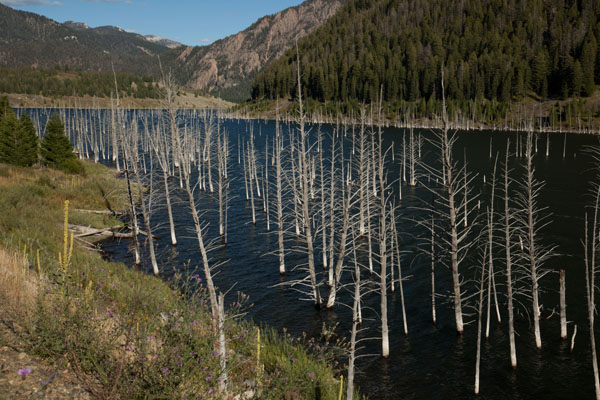
It was early morning before the wind came up when I set my kayak onto the quiet ripples of Quake Lake.The entire scene was idyllic, yet haunting, as I looked beyond to the distant, ghostly snags of a misty forest, long dead and forgotten. Equipping myself with camera and long lens, I slid easily into the kayak’s sleek cockpit and began to paddle. The bent and broken trees were my destination, desolate but strangely appealing. The small splashes of my paddle deepened my sense of aloneness, yet alerted me that I would soon be meandering among the woody debris, stalking my prey, those crazy Cormorants of Quake Lake.
I pulled the brim of my hat downward as I pulled myself toward the bright, rising sun, my head hung low to dim the growing glare as my paddle easily sliced into the lake. On the hillside was the grim crumble of a cabin, a victim of the earthquake that formed this eponymous lake. Many building remnants, wrenched from their foundations, lay in Quake Lake’s waters along the bush-and-tree lined banks. The tall, woody shards, splinters and stumps remain a reminder of that 20 seconds of tectonic disaster of 1959.
Because of the natural perches among the deadfall, hundreds of Double Crested Cormorants flock onto the lake, while osprey and bald eagles join them on high in their own aeries, year after year. Photographing any of these birds from a kayak is a challenge of balance and steadiness (and let’s not forget to hang onto the paddle!). Before I reached the otherworldly cast of ghost trees, I focused on a distant fly fisherman. His cast whipped and dazzled, the line alive with serpentine movement as he searched the water’s surface for a lucky break. Another kayaker weaved silently among the trees, as though negotiating a watery slalom course. The glassy lake mirrored her bright-orange shell; and her paddle dipped lazily, dreamlike and strangely enchanting.




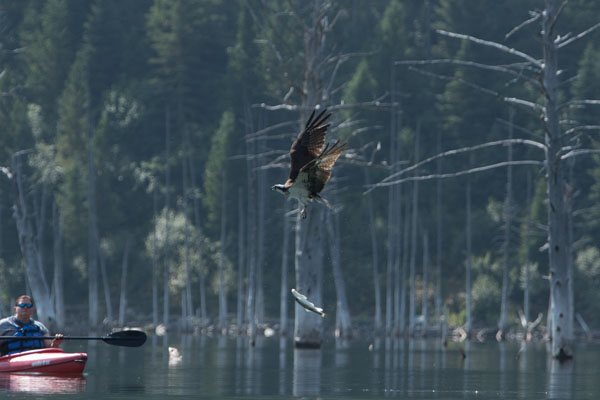
Setting my camera down between my knees, I pulled up the paddle, changing my course to position myself with the sun at my back in order to light my subject. I floated into the lifeless forest. Dead, moss-laden branches lay beneath the murky shallows along the watery path. For a moment I felt lost in time and place as I merged tight against the shoreline. Suddenly that odd reverie was jolted to bits when a huge splash occurred close by. Webbed feet scurried along the water, gaining speed and lift with each flap of beautiful black wings.
It was all much too sudden for a good photo-op as I was slow to swap paddle for camera. And on top of that, I had caused quite a stir of feathers and falsetto shrieks. The craziness had begun.
Dozens of Cormorants perched on the extinct remains of Quake Lake, adding an other-worldly dimension to the wilds of Montana. They grunted like pigs when claiming a fishing branch, eventually scanning the pools and small eddies, diving for luckless small fish which they nabbed with their yellow, hooked upper beaks. Often they ran noisily across the water, taking flight when boaters or other intruders ventured too close. The effect for me was funny and entertaining—my own private circus.
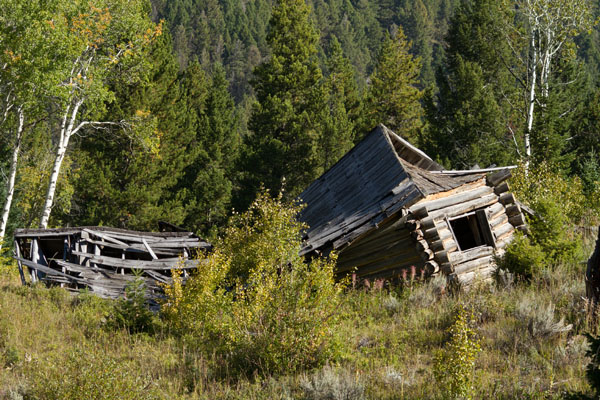
The challenge for getting good photos was to let my boat drift and spin quietly with the lake’s current.
I studied their behaviors as I kept my distance from some of the perches. If I wanted the best of action and a reasonable time to get myself ready for a shot, I had to choose Cormorants that were perched lowest to the water. The cue for my readiness was their twitching and peculiar cocking of the head, their piercing blue eyes observing what might be approaching them in or out of the water. Slight flaps of wings as they adjusted their feet on the perch meant they were almost ready to take a plunge. They were used to the boaters who ignored them, but not this odd kayaker with the one big eye who that was lurking among them.
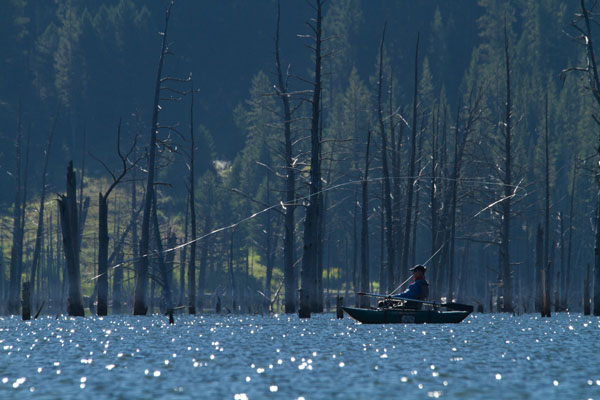
My boat continued to drift with the current ever so slightly, so I used my paddle to carefully correct to the right angle. Once in position to photograph a single bird, I laid my paddle on my lap and held my breath, drifting closer than I ever imagined. I hefted and steadied my 500mm lens and muttered, “go” to the obviously uneasy Cormorant. Usually, that command was readily heeded; but this cocky Cormorant seemed to feel unthreatened. I approached to within perhaps eight feet, much too close under ordinary circumstances. This big bird was an exception to the rule of expected behavior. The Cormorant was too habituated, his flight or fight instinct dulled by years of exposure to humankind.
He ignored my intrusion, allowing several good shots as I continued my float.
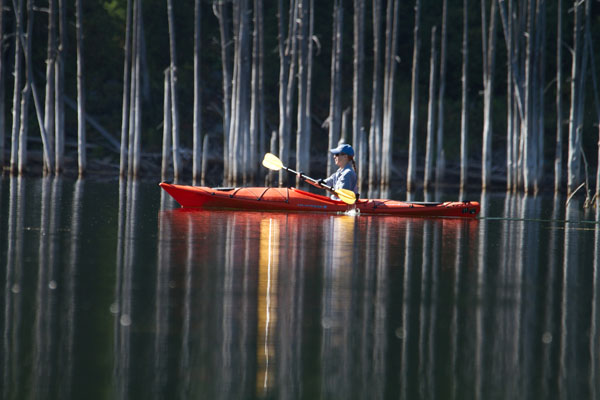
Thankfully, most of the time when I was at a greater distance they leapt onto the water with a flurry of feathered enthusiasm, their speedy feet reminding me of that Biblical miracle of “walking on water.” Time after time, I released the shutter in a flurry of frames per second. I felt like a duck hunter must feel, only these silly birds kept flying whether I “shot” them or not, repeating themselves for my amusement as if I was in a funhouse arcade. The low branches came alive as the birds splashed, “ran” on water, and flew in what seemed like wacky performance art. You would think I had plenty of time for the shots, but not so, as my boat constantly twirled with the lake’s current, moving me beyond the birds, forcing me to twist and turn in a photographer’s version of kayak-yoga.
The entire photo journey on Quake Lake is a challenge but well worth the indefinable rewards of a day well spent. When paddling about be on the lookout for other wildlife, such as eagles, osprey, and at least one big moose, which I followed at a distance while he swam toward the opposite shoreline. If you would like to give this adventure a try, do so. Most of the time, I’ve found that Quake Lake’s waters are tranquil early on, picking up turbulence after about 11a.m., when wind and whitecaps are not unusual. But the Cormorants are there throughout the day, a ready entertainment for boaters, fishermen and photographers.
Crazy enough…I can’t wait to go back.
VIDEO: The Hebgen Lake Earthquake
On August 17, 1959, one of nature's most powerful forces was unleashed in the Madison Canyon, just outside the border of Yellowstone National Park. The canyon was packed with people, cars, tents, and trailers. At just before midnight a massive earthquake shook the canyon and in a few seconds, changed the land and the people forever. The Madison River Canyon Earthquake area provides a vivid reminder of how the landscape and the people were suddenly changed on that August night. This video tells the story of the Hebgen Lake Earthquake.


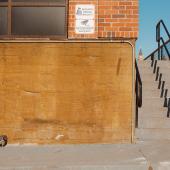
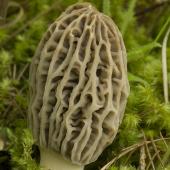
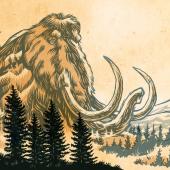
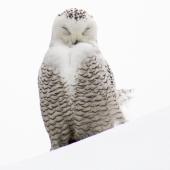
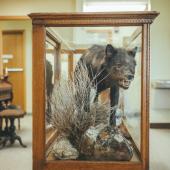
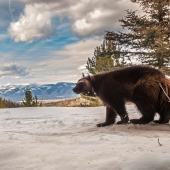
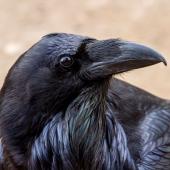

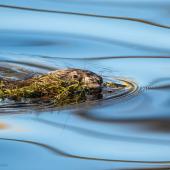
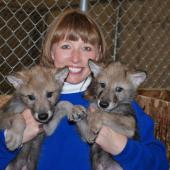
Leave a Comment Here